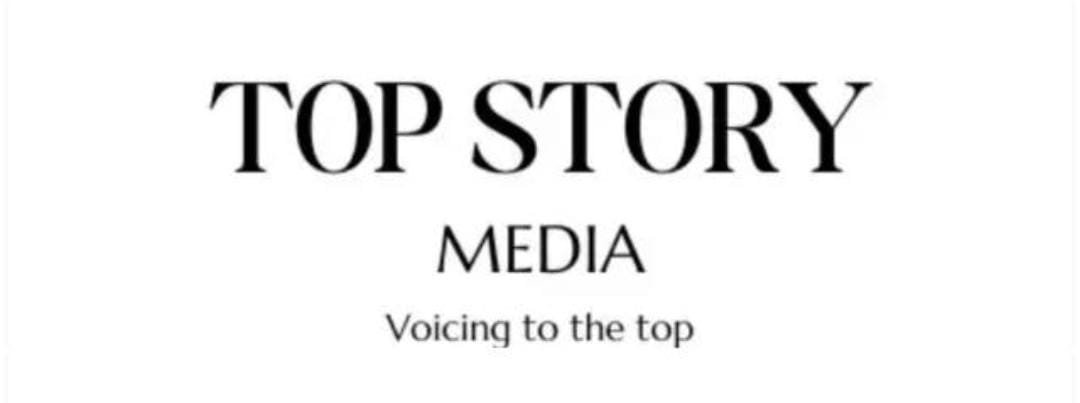
Opportunities abound for income-seeking investors, even as the 10-year Treasury has seen a volatile week, according to BlackRock’s Rick Rieder. The benchmark 10-year Treasury yield has been steadily climbing this fall, taking a sharper turn higher as Election Day approached. The rate was at about 4% a month ago, and surged 15 basis points to top 4.4% on Wednesday in the wake of Donald Trump winning a second term in the White House. The 10-year yield has cooled since then. It traded at roughly 4.3% on Friday, one day after the Federal Reserve dialed back interest rates by a quarter percentage point. Bond yields and prices have an inverse relationship, so yields rise when prices fall. Further, bonds that have longer maturities tend to have greater price sensitivity to fluctuations in rates, which is known as duration. Longer-dated issues, such as the 10-year Treasury, have faced considerable volatility and seen their prices slide lately, pushing up yields. But investors don’t have to anchor themselves too far out on the yield curve to snap up solid income, said Rieder, chief investment officer of global fixed income at BlackRock, in a phone call with CNBC. “I think fixed income is interesting,” he said. “There is so much yield everywhere.” Managing duration risk Rieder, who is also a portfolio manager on the iShares Flexible Income Active ETF (BINC) , likes the front end and the belly of the yield curve, aiming for a duration of about three to four years. Issues that are closer to the front of the curve tend to have shorter duration, and thus less price sensitivity to swings in rates. Corners of the market he finds attractive today include high-yield bonds — or those issues with a rating below BBB from Standard & Poor’s or below Baa from Moody’s Ratings. They also tend to have relatively shorter duration compared with other fixed-income assets. The iShares Broad USD High Yield Corporate Bond ETF (USHY) , for instance, has a duration of 3.2 years and a 30-day SEC yield of 7.22%. Meanwhile, the Vanguard High-Yield Corporate Fund (VWEHX) has an average duration of 2.9 years, and a 30-day SEC yield of 6.03%. These bonds are riskier than their investment grade counterparts and Treasurys, but they can offer some diversification benefits in a broad fixed-income portfolio. Collateralized loan obligations, or CLOs, are another favorite for Rieder. “I love the CLO market, and it’s one of the best opportunities today,” he said. CLOs are floating rate loans made to businesses, which can themselves be non-investment grade. The loans are made up of tranches with their own risk characteristics. Those that are deemed AAA by ratings agencies are at the front of the line to get paid if a borrower has to be restructured, recapitalized or goes bankrupt. Investors piled into CLO ETFs earlier this year as a play on the higher-rate environment . Though their short-duration nature means that their income could come down as rates fall, portfolio managers who specialize in the sector say CLO ETFs still offer attractive returns compared with other fixed-income classes. “You can stay higher quality, floating rate oriented, and clip yield,” Rieder said. The iShares AAA CLO Active ETF (CLOA) has a duration of less than a year and a 30-day SEC yield of 6.24%. The Janus Henderson AAA CLO ETF (JAAA) is one of the big players in the CLO ETF space, with a 30-day SEC yield of 6.32% and a duration of less than a year. Rieder also likes fixed income in Europe and securitized assets. He thinks it’s prime time for income investors to snap up yield without stretching into lower quality. “There are epic amounts of cash sitting out here, and if you can get that yield and marry it to an equity portfolio, I think it makes a ton of sense,” he said.
Crafting High-Ranking Web with SEO Expertise.




